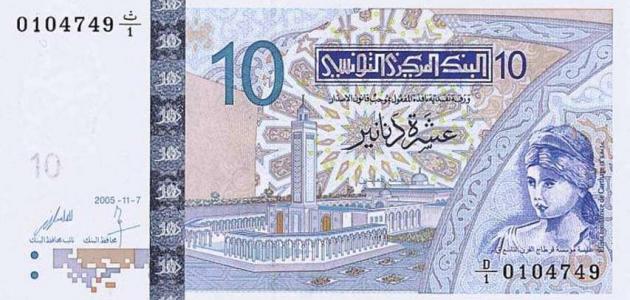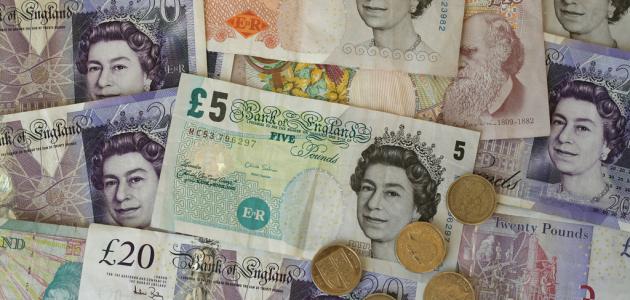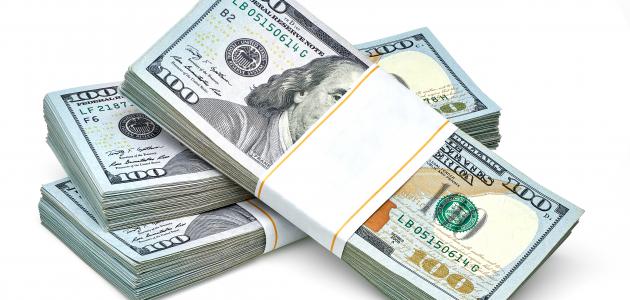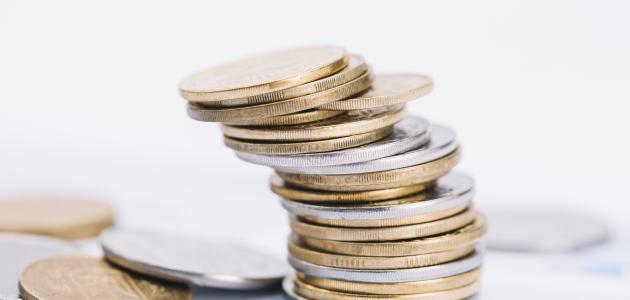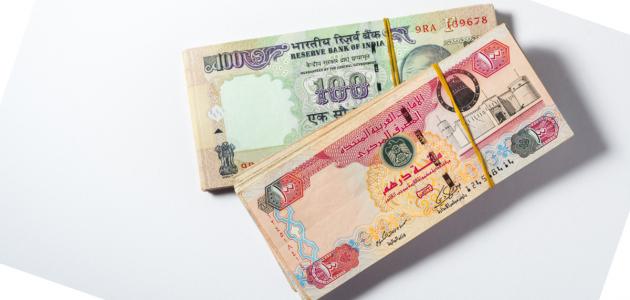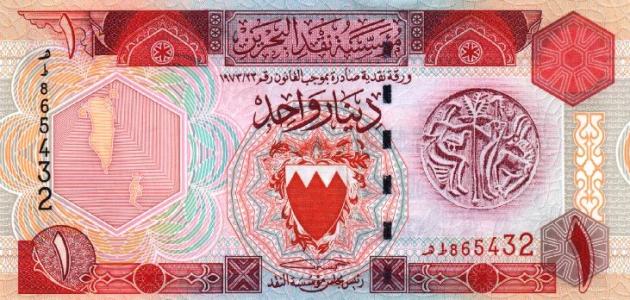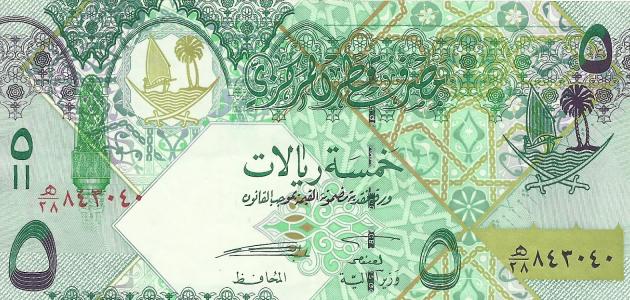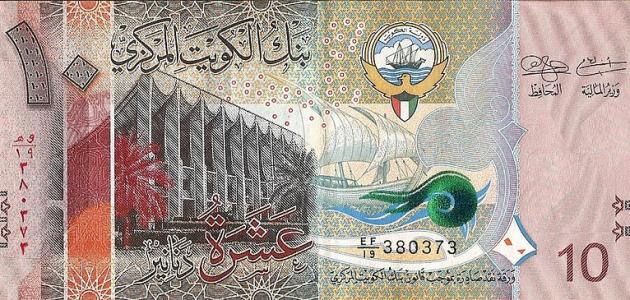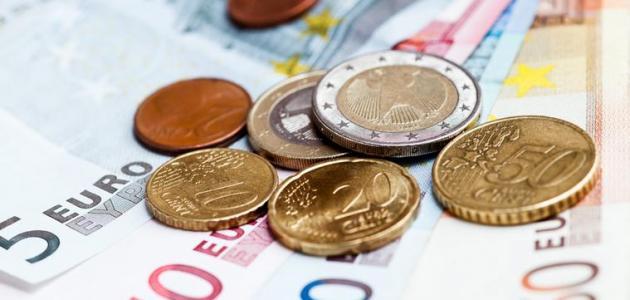Republic of Tunisia
The Republic of Tunisia is located in North Africa, where it is bordered to the north and east by the Mediterranean Sea, to the west by Algeria, and to the east by Libya, and its capital is Tunisia. 163.610 Nearly 2014 million people, and the Republic of Tunisia is of great importance in the roles it played throughout history, which began since the era of the Phoenicians, the Berbers, the Romans, and the Vandals, and Tunisia was known in the past as the province of Africa, and that was during Roman rule. 11 AH, and it was the first Islamic city in North Africa, and during the era of the Ottoman Empire, Tunisia was called the (Tunisian Eyalah), and in 50 Tunisia fell under the French occupation until it declared its independence in 1881 to officially become the Kingdom of Tunisia during the reign of Muhammad al-Amin Bey, and then Habib Bourguiba became the first president of Tunisia with the proclamation of the Tunisian Republic on July 1956, 25 AD, then Zine El Abidine Ben Ali assumed the presidency from 1957 AD until 1987 AD.
Tunisia currency
The currency of Tunisia is the (Tunisian dinar) and it is issued by the Central Bank of Tunisia. The currency of Tunisia was adopted in November 1958 AD according to the provisions of Laws 109-58 issued on October 18, 1958 AD. The Tunisian dinar was a compensation for the Tunisian franc, which was the prevailing currency in the country in 1891 AD, and is equal to the dinar One Tunisian thousand millimeters, and its value was estimated at 2.115880 grams of pure gold, and the value of one Tunisian dinar against the US dollar equals 0.5098.
Read also:What is the currency of JapanTunisia's economy
Tunisia's economy is diversified and active in the agricultural, industry and tourism sectors. The government plays an important role in controlling the Tunisian economy and in moving the wheel of the economy. However, this role began to diminish in the nineties with the trend towards privatization and the simplification of the tax structure. Tony achieved real growth in the nineties amounting to 5.5% and slowing down its inflation rate, and the main factor in this growth is the increase in revenues from the trade and tourism sectors.
On March 1, 1998, the implementation of the partnership agreement between the European Union and Tunisia began, and it was the first agreement between the Union and the Mediterranean countries. Based on the agreement, Tunisia will remove trade barriers with the European Union for the duration of the contract. In 2008, Tunisia became a full partner of the European Union.
Languages and dialects of Tunisia
The official language in Tunisia is Arabic in the Tunisian dialect, which is a dialect resulting from a mixture between the Arabic language and the Amazigh language. French is the de facto language of business and administration in Tunisia, with a wide range of Amazigh vocabulary, with large areas in Tunisia still speaking Amazigh, especially in the city of Matmata and on the island of Djerba.
Read also:What is the currency of Bahrain?